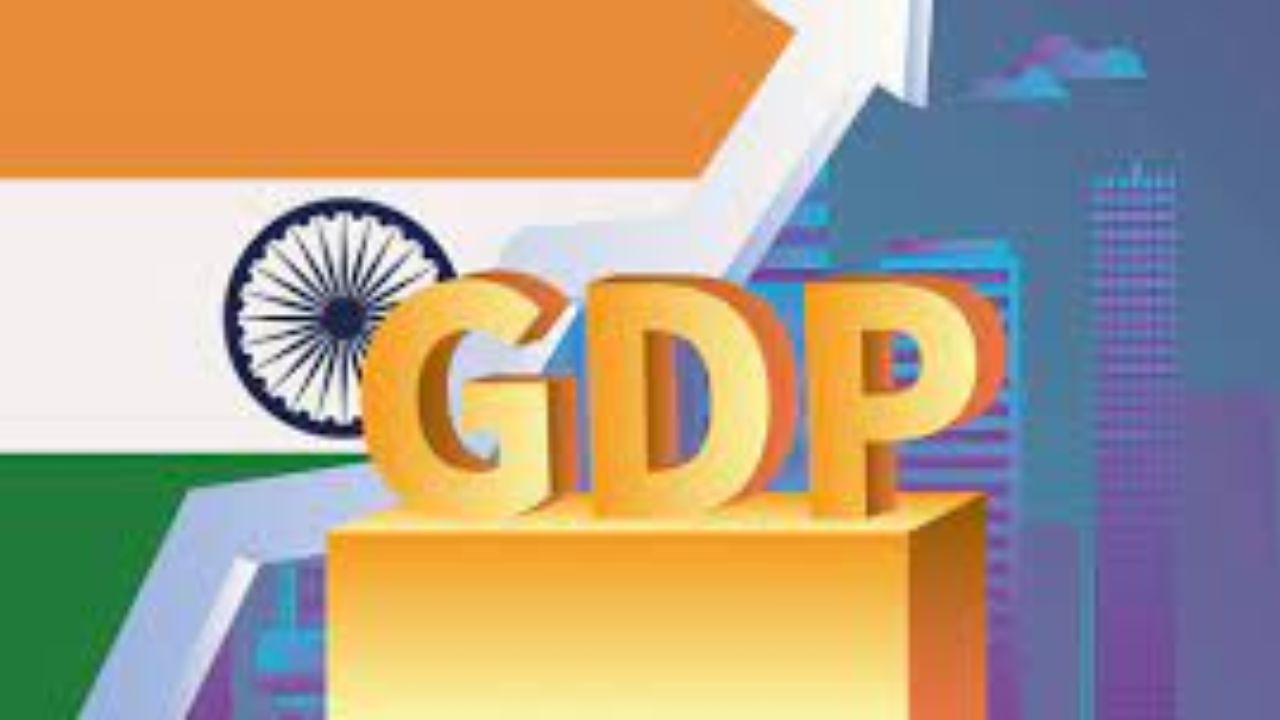Indian Economy: History, GDP Rate, Per Capita Income & More
Indian economy growth is a thriving command economy with a moderate wage level. By calculating the GDP of India, it is the fifth-largest economy.

Indian Economy – History: Since the year 1 AD, India has consistently had the largest economy, accounting for 35 to 40 percent of global GDP. This spans approximately 1700 years. After that, the British Empire collapsed, and India was dominated once again by a hybrid of xenophobic, exportable, Fabian communism, and liberal democratic policies.
Its severe regulation, protectionism, public ownership of major monopolies, chronic corruption, and slow India’s GDP growth rate were all characteristics of the Dirigism economy of the time. Since 1991, the nation has progressed toward a market-based economy thanks to ongoing economic liberalization. Indian economy growth had been one of the best drivers by 2008, per the estimates.
Read Also~Mitessh Thakkar Stock Tips- Head Trading and Strategy News Updates
The outburst of COVID-19 and its consequences
Numerous lenders downgraded India’s GDP expectations for FY21 to negative territory during the COVID-19 crisis, implying the country will incur the worst slump since 1979. As shown in a Dun & Bradstreet estimate, the nation’s almost two-month-long global lockdown enacted to stop the emergence of COVID-19 is anticipated to wreck the Indian economy in the three months to June of FY2020.
India was ranked recognition-based by nominal Terms and 142nd by nominal Terms in annual India GDP per capita income, respectively, and according to the Bank for International Settlements (IMF) (PPP). Successive administrations maintained interventionist economic reforms with extensive governmental intervention and antitrust law from the time of its formation until 1991.
Currency value
India’s GDP growth rate is a thriving command Indian economy with a moderate wage level. By analyzing the GDP of India, it is the fifth-largest economy, and therefore by current exchange rates, this is the consequently (PPP). India was ranked recognition-based by nominal Terms and 142nd by nominal Terms in annual India GDP per capita, respectively, and according to the Bank for International Settlements (IMF) (PPP). Successive administrations maintained interventionist economic reforms with extensive governmental intervention and antitrust law from the time of its formation until 1991.
Security Industries
Asia’s first capital market is in Mumbai somewhere at the National Stock Exchange (NSE).
Read Also~Government of India: History, Responsibilities, Works & Parts of GOI
22 other venues have been exchanged in Indian cities since then. In terms of market share, India’s securities market eclipsed South Korea and Australia to rank as the tenth largest in the world in 2014.
According to the World Federation of Exchanges, India’s mainly two brokerage firms, BSE and the National Stock Exchange of India, had various market segments misplaced commas of Approximately usd1.71 trillion and billion us dollars 1.68 trillion as of February 2015, which grew to $3.36 trillion respectively $3.31 trillion by September 2021.
